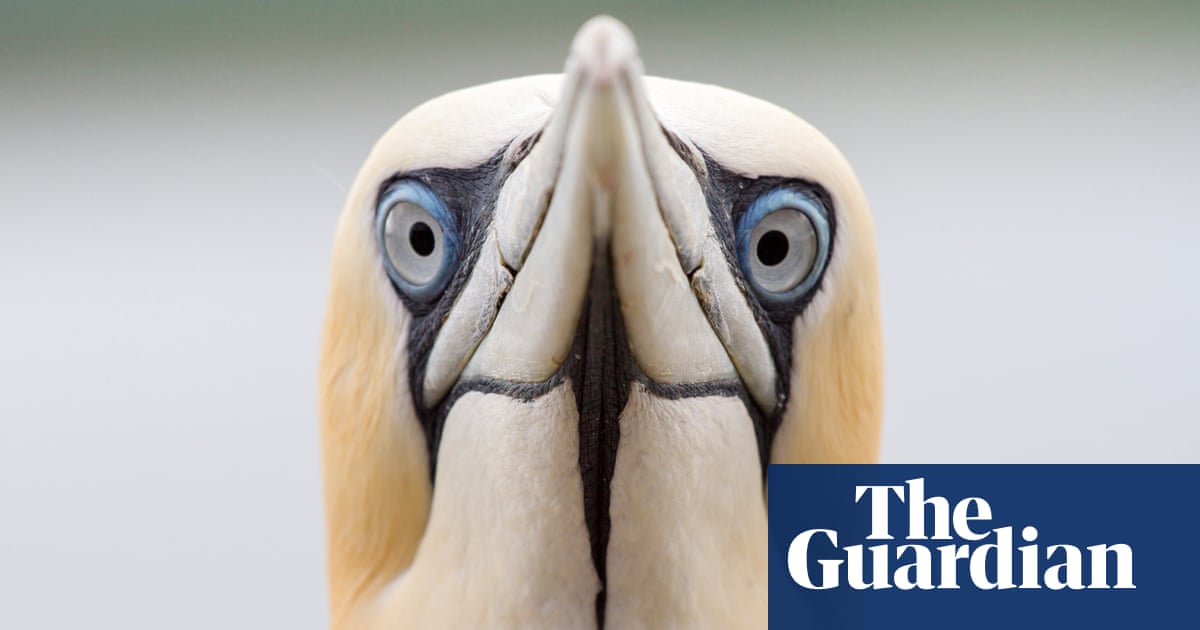The UK has lost more than three-quarters of its great skuas on surveyed sites since bird flu struck, according to the first report quantifying the impact of H5N1 on seabird populations.
The deaths have happened over two years, since the outbreak of H5N1 in 2021. The UK is internationally important for seabirds, home to most of the world’s 16,000 pairs of nesting great skuas.
Jean Duggan, a policy assistant on avian influenza for the Royal Society for the Protection of Birds (RSPB), said: “To have that level of loss in a population we have international responsibility for is quite catastrophic.
“Globally, it’s very significant and has a knock-on effect for populations across the globe,” she said.
The UK also has more than half of the world’s northern gannets, which declined by 25% in the sites surveyed, according to the report by the RSPB, the British Trust for Ornithology and other conservation bodies.
Handa Island, north-west Scotland. The collapse in the number of great skuas in the UK has a knock-on effect globally, the RSPB says. Photograph: Alamy
Gannets nest in a small number of large colonies, which means they are particularly vulnerable to the spread of disease. In Wales, the number of nesting northern gannets crashed by 54%.
“For the gannets and great skuas, we knew it was bad, but it’s worse than we thought,” said Duggan.
The report also found the virus had caused a 21% decline in the UK population of roseate terns, which is the UK’s rarest breeding seabird, with just one regular nesting colony.
Seabirds are typically long-lived animals that do not reach breeding age until they are about five years old. They generally only have a few chicks, so populations take longer to recover from an epidemic such as bird flu.
The H5N1 outbreak is thought to have killed millions of wild birds and has most recently been recorded among penguins in the Antarctic. H5N1 is “one of the biggest immediate conservation threats faced by multiple seabird species” across the UK and continental Europe, the report warned.
Populations of great skuas, northern gannets and roseate terns were increasing before avian flu struck, so researchers are able to pin the declines on bird flu. Declines in populations of sandwich and common terns – by 35% and 42% respectively – were also likely to be largely driven by bird flu, the report found.
In total, nine of the 13 species covered in the report had decreased by more than 10%, but many were already in decline before bird flu so it is not clear to what degree the virus was to blame.
Conservationists monitored seabirds for this latest report from May to July 2023. Even more birds died later in the summer, with black-headed gulls, guillemots and kittiwakes particularly badly hit.
This meant the impact of bird flu was “likely to be worse than indicated here”, the report warned. “There is also the potential for ongoing impacts as the disease progresses,” researchers wrote.
The latest Seabirds Count survey, published last November – which did not take into account the impact of bird flu – found almost 62% of seabirds were already in decline across the UK, driven by unsustainable fishing practices, the climate crisis, offshore windfarms and invasive mammal species.
Katie-Jo Luxton, RSPB’s director of conservation, said: “This new study shows that bird flu can be added to the long list of things that are devastating our seabirds.”
The RSPB is calling for action to reduce other pressures on seabirds so their populations are more robust and better able to cope with H5N1. Duggan said: “We had the census and now we have this. We need to act now; it’s about building resilience.”
In October, scientists confirmed that some wild birds had developed immunity to avian flu. They took blood samples of northern gannets and found that 30% of them had antibodies. About half of shags also had immunity. The sample size was small, and it remains unclear for how long the immunity will last.

William Turner is a seasoned U.K. correspondent with a deep understanding of domestic affairs. With a passion for British politics and culture, he provides insightful analysis and comprehensive coverage of events within the United Kingdom.








